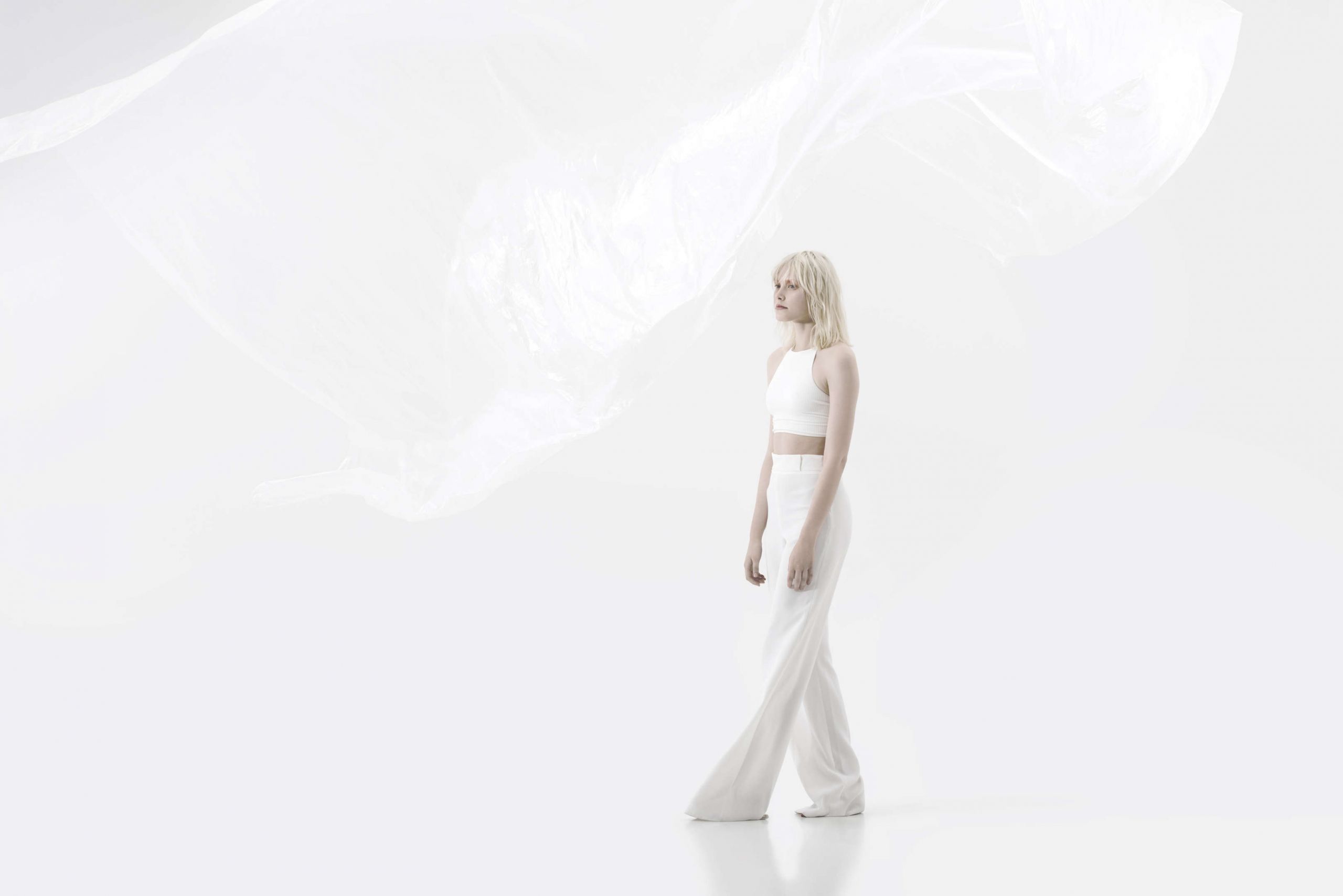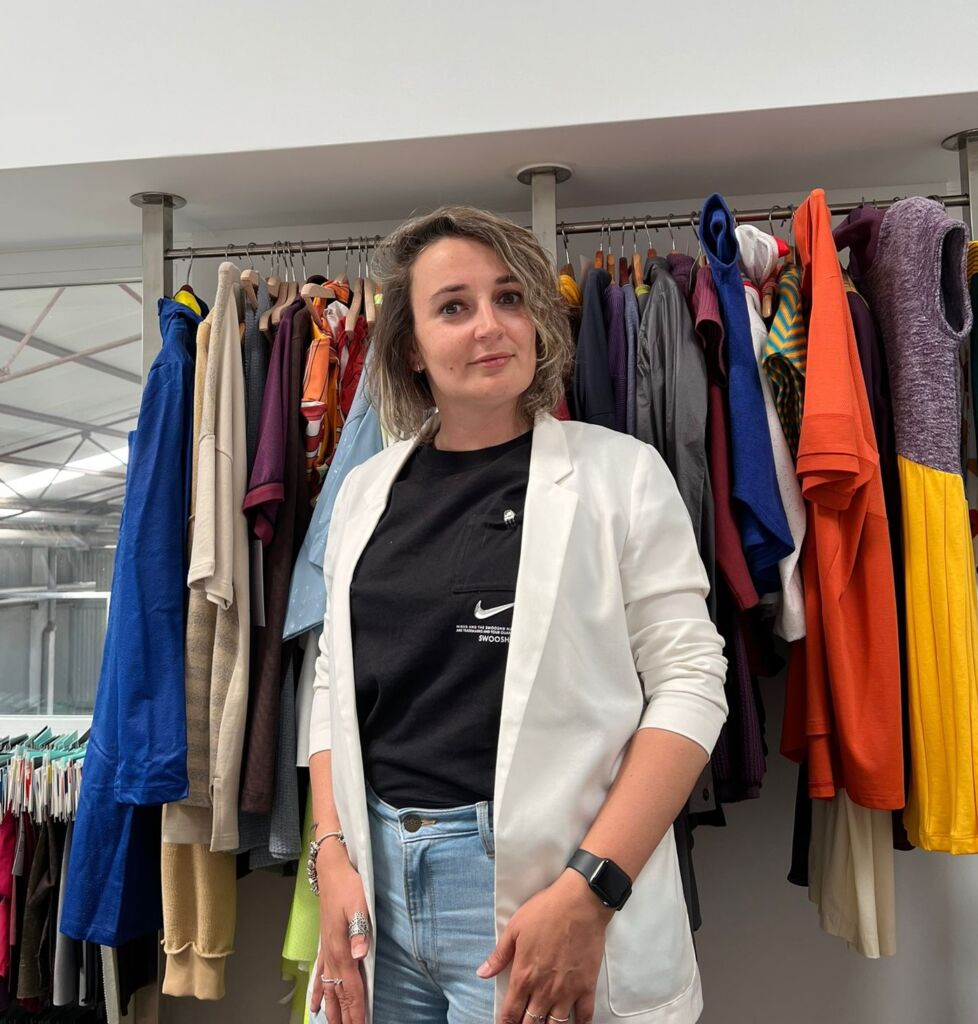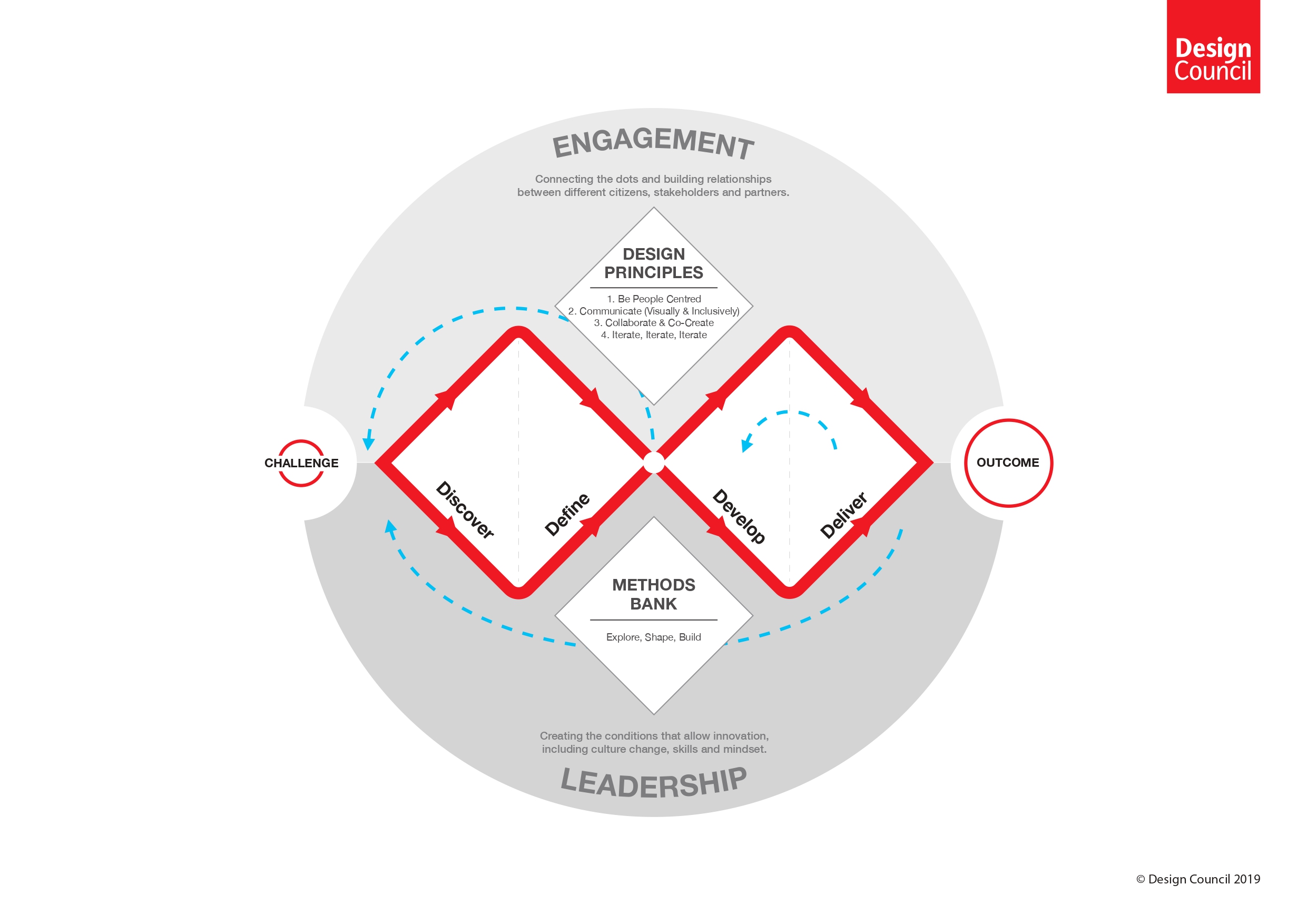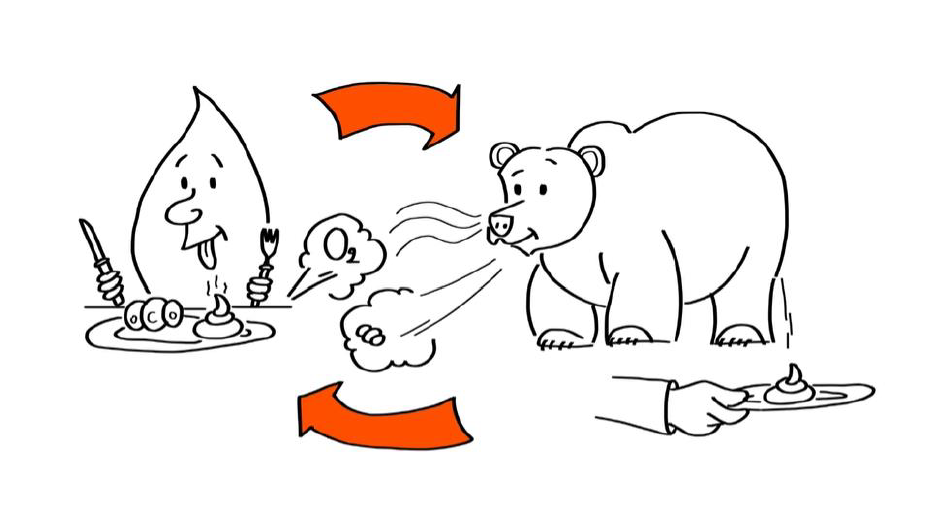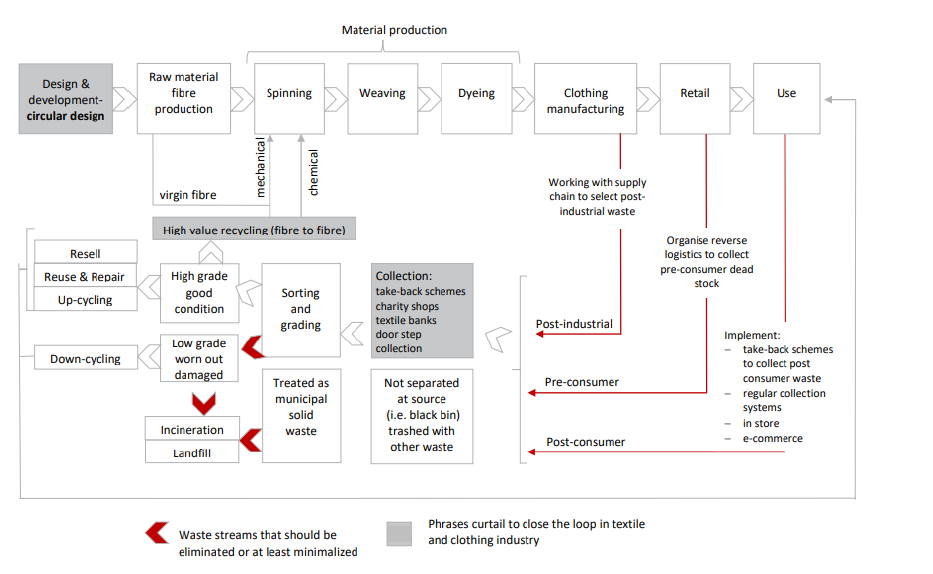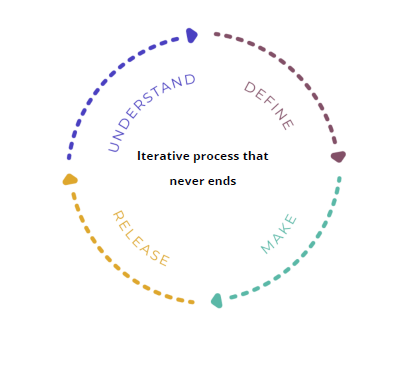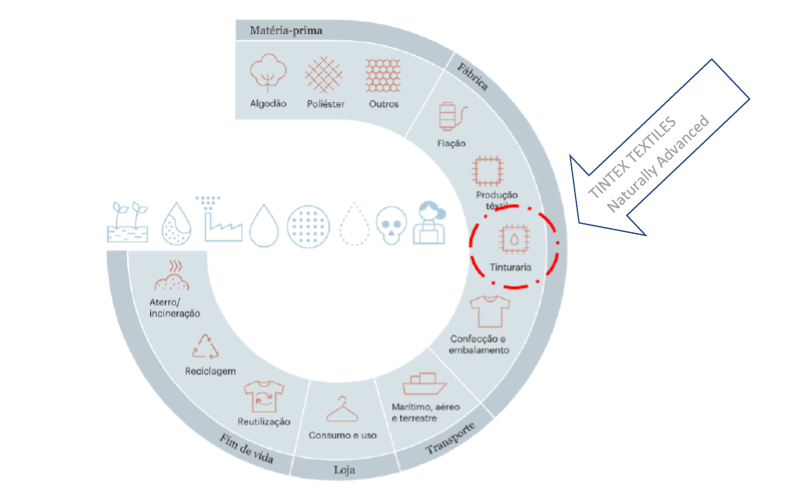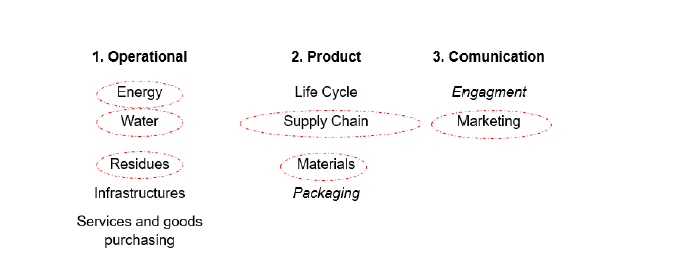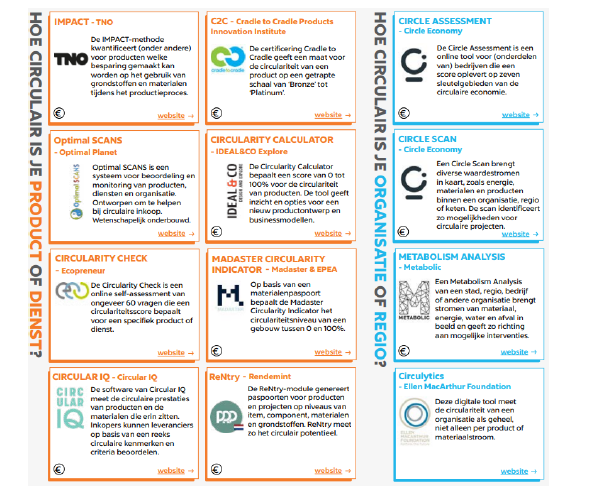Circular Design
Putting in Perspective
Currently, companies face an increasingly competitive market, where the ability to react promptly to problems and changes in the market paradigm is imperative. Thus, customer satisfaction can be decisive as a company’s competitive advantage.[1-4] Innovation and creativity are tools that develop and direct with a purpose, allowing the company to exploit this advantage in the segment where it operates. [5] Therefore, from the moment that Tintex has the technical knowledge and availability to develop, improve or adapt products in a systematic way, it gains flexibility and agility to consider different customer requests.
Figure 1 – Process development framework.
Adapted from: https://www.designcouncil.org.uk/news-opinion/what-framework-innovation-design-councils-evolveddouble-diamond
Product development process, according to the British Design Council, is divided into 4 sub-processes: Define, Design, Development and Deliver – 4D’s. This is an iterative process that never ends. It’s focuses on how each project should be managed, controlled, and organized. [6-7]
Design
“Design is the conscious activity of creatively combining technological invention with social innovation, for the purpose of aiding, satisfying ormodifying human behavior.”
Alexander Manu
The digital revolution is constantly transforming materials/objects which we interact in our daily lives into smarter products making difficult to understand the mechanism or mode of operation of them. Design occurs in a different structure. Currently focuses on emerging environmental issues – resource and energy conservation – and customer-oriented trends with reference to social change. [11] In the last few decades, sustainable practices in supply chain have been developed, decreasing the unintentional destructive effects on the environment, in the manufacturing and purchasing process. The limits of today’s linear economy (take-makewaste) are extremely evident when observing the textile industry. [12-13]
Linear Model
The linear model is depicted on Figure 2. The process begins with the use of natural resources that are transformed in raw material. Then, the raw materials are used to develop or produce new and/or existing products. After delivery and use by the consumer, this product is discarded, mainly in a landfill.
Figure 2 – Linear Model.
Adapted from: https://youtu.be/X6HDcubgxRk
Circular Model
“Nothing is lost, nothing is created, everything is transformed.”
Antoine Lavoisier
Figure 3 – Circular Module
Adapted from: https://youtu.be/X6HDcubgxRk
This circular model serves as an inspiration for the understanding and adoption of circular strategies, as Circular Design. The goal is to hinder the existence of waste or risks for the environment, aiming to transform the supply chain into an infinite cycle. Although there is not, at the moment, a standard approach for circularity, by defining appropriate policies, one must be careful to guarantee that these are adequate to each sector of activity. [13]
Circular Design
Design process can be defined as a sequence of activities and decisions needed to progress from the idea to the detailed solution. On an early stage, the need to identify the requirements, desires or needs of the consumer is addressed (tangible or intangible) and the way that these requirements should be fulfilled on the final product. [6] In figure 4, a diagram where it is possible to identify the several steps of the textile supply chain where we can act aiming to close the cycle is presented (grey boxes). As it is shown, the first step where we can act is the Design step. [13]
” (..) we don’t live in an endless cornucopia of natural resources. We have to balance production and conception…Waste, at the end of the day, is a design flaw. It doesn’t exist in nature.”
Gabriella Hearst
Figure 4 – Product life cycle process.
Circular Design Process
It is on this step that we define the problem, gather and treat the relevant information, search for divergent/diversified solutions, converge into a preferential solution, implement it and optimize it.
Figure 5 – Circular Design Process.
Adapted from: https://archive.ellenmacarthurfoundation.org/explore/circular-design
Circular Design Strategies
There are several strategies associated to Circular Design. Usually, we consider the following six:
1. Product Attachment and Trust
2. Product Durability
3. Standardization and Compatibility
4. Ease of maintenance and Repair
5. Upgradability and Adaptability
6. Dis- and Reassembly
Nowadays, durability – increasing the life span of a product, allowing it to be used for as long as possible – has been the strategy that shows more impact.[8]
Tintex Textiles and Circular Design
Supply Chain
As consumers, we know very little about the Industry, even when there is a strong Textile Cluster in Portugal. In the past the access to information, and the share of knowledge was very small. A lot of companies believe that they understand the needs of their costumers, however, they end up not exploring new ways of increasing their Iterative process that never ends satisfaction. It is important to understand that we can be and do better. Thus, it is necessary to understand what can generate value for the consumer, to show how their products are connected to the consumers’ needs.
Figure 6 – Textile supply chain.
Adapted from: https://www.publico.pt/2019/11/29/infografia/pegada-roupa-391
Tintex, with a privileged spot on the middle of the supply chain, has been exploring and investing on the knowledge that exists both on downstream and upstream. One of the strategies that are currently being adopted is cooperation and development of synergies and partnerships fundamental for its goals. The main goal is to be able to design and (re)design all of its products, in an effective way, so that they are coherent with circular design strategies, mainly durability – so that the products last as long as possible aiming to achieve consumers’ trust.
Circular Design Strategies
Strategy 2 – Durability
As previously mentioned, one of the design strategies is durability, which aims to guarantee an increase in durability of the product. [8] It is also envisioned to, in parallel, to consider Strategy 1.
Strategy 1 – Product Attachment and Trust
This strategy is directly connected with the consumer, this is, Tintex product has to create a connection with the consumer so that the consumer feels personally connected to it, encouraging the consumer to be careful and avoiding its substitution. Product design needs to be attractive for the consumer, starting from the selection of the raw material, to innovation, comfort and quality/durability. 8] These strategies will be consolidated through verification of processes and products that are hoped to be timeless.
In Tintex there are three major areas of impact:
Figure 7 – Tintex major areas of impact.
These three areas can be divided into sub-areas. In each one it is possible to identify possible optimizations that bring value to the company. Considering the road that was taken up until now and the transparency used to communicate our processes and products, we believe that we can still be and do better. We want to implement and optimize strategies and tools of circularity so that it can be possible to describe in an effective way the impact of our products, allowing not only the reduction of waste, but also de development of partnerships with regulatory entities, Universities, clients, that are currently a part of our ecosystem.
Circularity Frameworks
Nowadays, there is already a wide range of tools (some simple others more complex) that were developed aiming to measure circularity in a company. Some examples are CIT Tool (wbcsd), Circulytics (Ellen Macarthur Foundation), Circular X, among others.
In figure 8, some examples are presented.
Figure 8 – Examples of circularity tools.
Adapted from: https://kenniskaarten.hetgroenebrein.nl/en/knowledge-map-circular-economy/what-are-useful-tools-fororganizations-that-want-to-get-started-with-the-circular-economy/
The goal is, for each one of the tools, to understand the type of measurement that is being conducted and which are the parameters that it considers. To compare each one of them and to analyze data that can be extracted and how it can be worked. The integration of new methodologies associated to design is also considered – Kano Model, Osborn Checklist, Pugh Method, among others – so that each step of the decision process can be structured and assertive.
CONCLUSIONS
The use of strategies, methodologies and tools of circular design is the starting point for the definition of a Circularity Index. Existing platforms/tools allow us to have some information, however, depending on the field, there are still some adjusts to be made.
The most important is to be able to answer to everyday challenges and to continue to innovate and to develop products of:
1. Added Value
2. Quality vs Durability vs Price
3. Knowledge about circularity/impact that each product has, both environmental and/or economical
We cannot forget that the consumer expects more form the products that is uses in its everyday life. Characteristics as functionality, aesthetics, recyclability, durability, among others, are nowadays standard properties that are mandatory on a product. The product only starts to differentiate if these properties reflect on the emotional state of the consumer.[11]
References
[1] C. C. Yang, “The refined Kano’s model and its application,” Total Quality Management and Business Excellence, vol. 16, no. 10, pp. 1127–1137, Dec. 2005, doi: 10.1080/14783360500235850.
[2] G. Tontini, “Integrating the Kano model and QFD for designing new products,” Total Quality Management and Business Excellence, vol. 18, no. 6, pp. 599–612, Aug. 2007, doi: 10.1080/14783360701349351.
[3] C. C. Yang and K. J. Yang, “An integrated model of value creation based on the refined Kano’s model and the blue ocean strategy,” Total Quality Management and Business Excellence, vol. 22, no. 9, pp. 925–940, Sep. 2011, doi: 10.1080/14783363.2011.611358.
[4] D. Boger et al., “Kano’s Methods for Understanding Customer-defined Quality,” 1993.
[5] J. M. Higgins, “Innovate or evaporate: Creative techniques for strategists,” Long Range
Planning, vol. 29, no. 3, pp. 370–380, Jun. 1996, doi: 10.1016/0024-6301(96)00023-4.
[6] https://archive.ellenmacarthurfoundation.org/explore/circular-design
[7] https://www.designcouncil.org.uk/news-opinion/what-framework-innovation-designcouncils-evolved-double-diamond
[8] CIRCO – INT T2022-6 Portugal: 4º Track de design de negócios circulares (https://circohubportugal.lneg.pt/)
[9] https://www.publico.pt/2019/11/29/infografia/pegada-roupa-391
[10] https://kenniskaarten.hetgroenebrein.nl/en/knowledge-map-circular-economy/whatare-
useful-tools-for-organizations-that-want-to-get-started-with-the-circular-economy/
[11] O. Demirbilek and B. Sener, “Product design, semantics and emotional response,” in Ergonomics, Oct. 2003, vol. 46, no. 13–14, pp. 1346–1360. doi: 10.1080/00140130310001610874.
[12] Jia, F., Yin, S., Chen, L., & Chen, X. (2020). The circular economy in the textile and apparel industry: A systematic literature review. Journal of Cleaner Production, 259, 120728.
[13] Koszewska, M. (2018). Circular economy—Challenges for the textile and clothing industry. Autex Research Journal, 18(4), 337-347.
